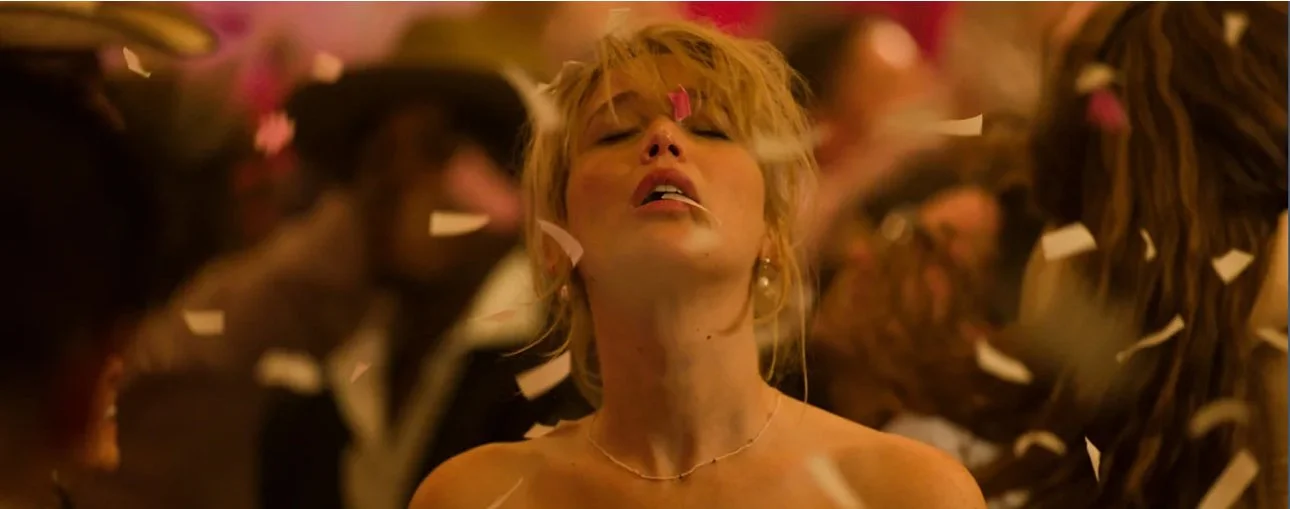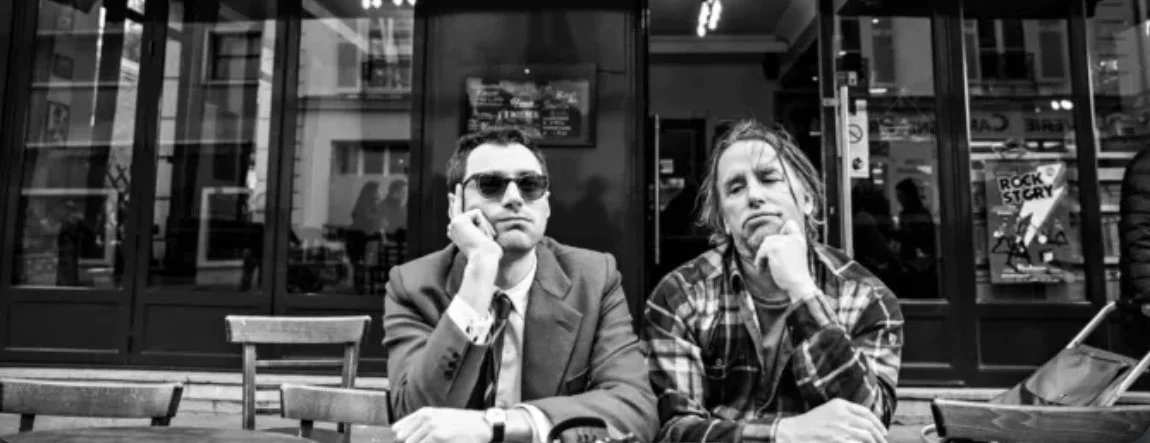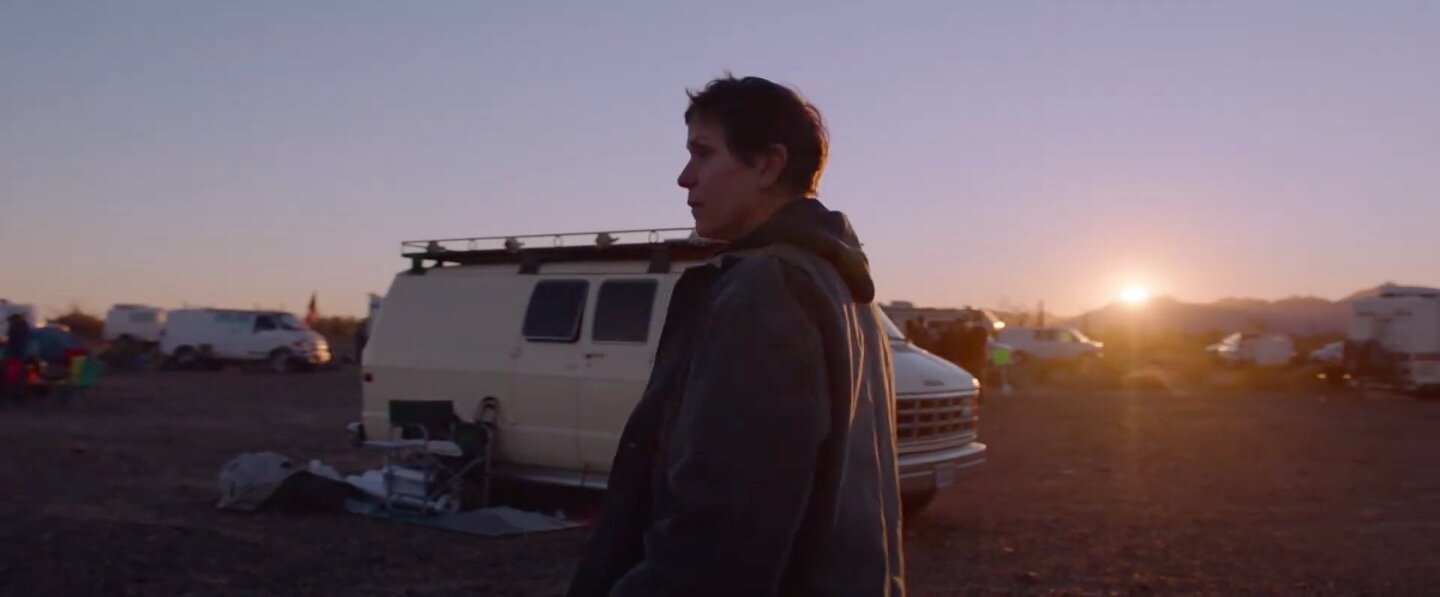I budged last night and rewatched Chloe Zhao’s “Nomadland.” The film won Best Picture during the surreal pandemic-inflicted 2021 Oscar ceremony.
I get it, people were justifiably in a dire mood during the first year of the pandemic. “Nomadland,” which won the Golden Lion at the Venice Film Festival, was a moody third film from the Chinese-American filmmaker, after her triumphant 2018 indie, “The Rider.” It was all about isolation and finding your place in life. It clicked with many critics, and, clearly, Academy voters.
However, it’s not a film that will necessarily age well. Despite the pandemic’s turbulent effects on the industry and, especially, theatrical viewing, there were still far worthier films that could have been honored that year: Eliza Hittman’s “Never Rarely Sometimes Always,” Steve McQueen’s “Lovers Rock,” Darius Marder’s “Sound of Metal,” and Kelly Reichardt’s “First Cow” come to mind.
Much like her previous efforts, this was Zhao’s 21st-century depiction of Americana angst, mixing non-fiction and fiction filmmaking in Malickian fashion. A painterly film, Joshua James Richard‘s magic-hour cinematography is absolutely stunning, “Nomadland” stars Frances McDormand as Fern, a widowed nomad with no interest in settling down, who constantly evolves from community to community in her rundown RV.
Don’t call her homeless, she prefers to use the term “house-less,” moving from job to job, camp to camp, parking lot to parking lot with no intention of settle down. Set in Obama’s America during 2012, just 4 years after the recession hit, it depicts a country still struggling to get back to normal.
To nail the authenticity of this world of nomads, Zhao insisted on casting non-professional actors, actual nomads, who naturalism convene in almost every scene with McDormand. Whether these non-actors even knew who McDormand, a two-time Oscar winner was, is unlikely as these are people living on the outskirts of society, plugged out of the currents and fully ingrained in their isolated habitat.
Driven by Ludovico Einaudi‘s haunting piano score, this was a quietly somber look at a closed-off woman who refuses to change, and is resistant to any overtures, including a charming fellow nomad she bumps into every few months (a wonderful supporting turn from David Straitharn). Even his attraction to Fern, not to mention an invite for stability and a home, is shrugged off by her. A creature of habit, she’d rather have a hard life, filled with work and daily vagabonding.
You won’t find anything near a plot in “Nomadland.” This was a statement about character, atmosphere, and mood, all wrapped up in a socially conscious and, sadly, repetitive, narrative. Using her mentor Terrence Malick’s filmmaking approach, Zhao worked almost entirely without a script, encouraging improvisation, seeking happy accidents, and included non-professionals in the cast.
Upon rewatch, the film’s flaws are even more apparent. It lacks the needed sketched traits to be the absorbing character study it purports to be. We never really get to know Fern that well to truly care about her plight. Instead, Zhao would rather immerse herself in unnecessary shots of sunsets, trees and peaks.
Zhao and Richards’ collaboration could be viewed as an extension of a cinematic movement that was initiated by Malick and cinematographer Emmanuel Lubezki — kickstarted with 2006’s “The New World” and later perfected in 2011’s “The Tree of Life”. “New Naturalism” is all about authenticity, and the rhythmic, poetic editing used to rid the narrative of any artifice.
And yet, much like Malick’s post-Tree of Life films, Zhao exudes style over substance a little too much. For such a grim subject matter, there isn’t a lot of harshness in “Nomadland”. There is no one exhibiting mental illnesses or drug addictions, but instead there’s a lot of sitting around campfires singing and praising the road life. Zhao seems to forget that not all nomads are better off on the road. For many of them, it’s not a choice to live on the edge of society; rather, it’s the only option.
Zhao doesn’t depict that anger. The day-to-day struggle of safety, security, health, and food is replaced by pretty shots of nature. Her focus is poetic neorealism, one immensely inspired by Malick’s films. This means shooting at magic hour and using wide-angled lenses any chance she gets. However, the long takes, purposeful moments of stillness and quietness, now feel dated and not all that original. There’s a lot to admire, but not much to truly be gripped by.





